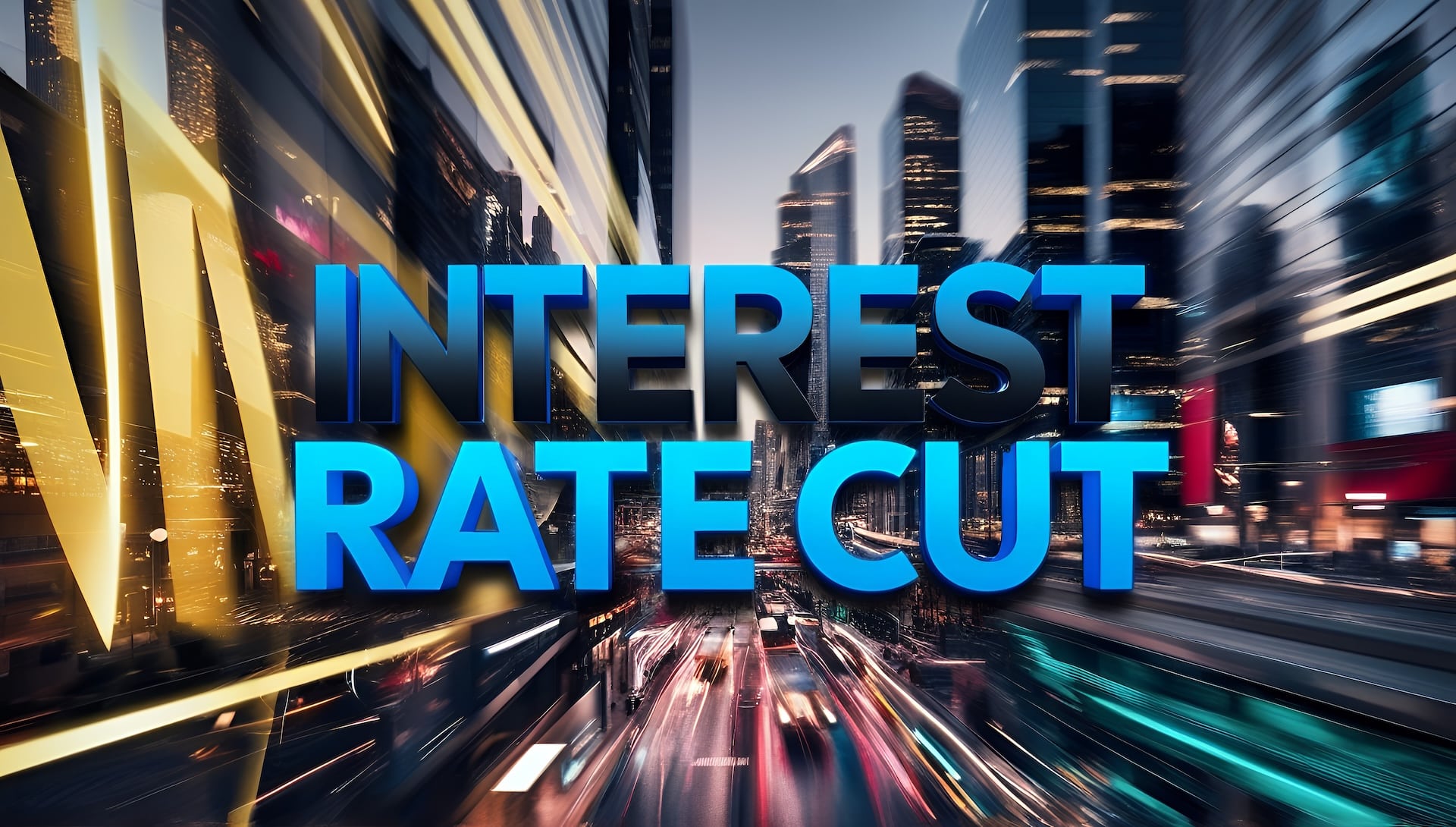Credit Sesame discusses the Federal Reserve decision to lower interest rates and what may happen next.
For the first time since 2020, the Federal Reserve has cut interest rates. On September 18, 2024, the Fed announced it was cutting the Fed funds rate by 0.5%. There’s reason to believe there may be more rate cuts on the way.
This won’t solve debt problems for everyone but if you want to make the best out of falling interest rates, there are some additional steps you can take for maximum impact.
Is this the start of a series of rate cuts?
Generally, when the Fed cuts interest rates it doesn’t do it all at once. Instead, it makes a series of cuts over time, in order to minimize disruption to the economy.
For example, when the Fed cut rates in 2019 and 2020, it made a series of 5 separate cuts totaling 2.25%. Prior to that, the last time the Fed had cut rates was in 2007 and 2008. In that case, the Fed made a series of 10 rate cuts totaling more than 5%.
It’s more than just history that suggests further rate cuts are on the way. At the conclusion of the September 18 meeting, the Fed released an updated set of economic projections. Among other things, these projections show where the Fed expects the Fed funds rate to go in the near future.
The updated projections suggest the Fed expects to cut rates by a further 0.50% by the end of 2024, and by and additional 1% by the end of 2025. This all depends on inflation remaining under control.
How consumers can benefit
In light of all this, should consumers expect their debt burdens to get a lot lighter? Not really. Rate cuts will help, but with the average credit card rate well above 20%–and some above 30%–consumers with significant balances still face hefty interest charges.
Also, changes in the Fed funds rate only partially trickle down to consumers. In particular, customers with poor credit may not receive the full benefit of those rate cuts. In fact, some of those customers may actually see their rates rise. That’s because lenders are becoming more cautious as credit conditions worsen.
Another thing limiting the immediate impact of rate cuts is that the vast majority of consumer debt is in loans rather than revolving credit card accounts. So, while rates on new loans may be lower, most people with existing loans are locked into their original rate. They can only get a lower rate if it becomes cost-effective to refinance.
Tips for getting a bigger bang out of lower interest rates
Fed rate cuts may help, but they aren’t likely to be the full answer to debt problems. To make the most of a falling interest rate environment, consider the following steps:
- Shop around. Fed rate cuts put a lot of credit card and loan rates in motion. When rates are moving, lenders have a variety of different reactions. Comparing rates can help you find the lender that is responding most aggressively to Fed rate cuts.
- Look to refinance loans. If you took out a loan over the past couple years, in the months ahead you may get an opportunity to refinance at a lower rate. However, factor in any fees associated with refinancing to make sure they don’t exceed the interest savings you might get.
- Lock in rates on savings. The flip side of rate cuts is that savings may earn less as a result. With further rate cuts planned, look for opportunities to lock in favorable rates with a longer term CD.
- Work on your credit. The better your credit, the better the interest rate you’ll get from lenders. Improving your credit score is especially important with deteriorating credit conditions making lenders more cautious.
- Reduce debt. Two factors determine the interest you pay: your interest rate, and the size of the balance you owe. Reducing your balance can be much more impactful than rate cuts in reducing the amount of interest you pay
In the unlikely event there are no further rate cuts, these tips can help improve your finances without having to wait for the next Fed to decide.
If you enjoyed Are new lower interest rates the first of many cuts? you may like,
- Will a Fed rate cut provide quick relief?
- Consumers worry about debt yet take on more
- Get your free daily credit score
Disclaimer: The article and information provided here are for informational purposes only and are not intended as a substitute for professional advice.




















